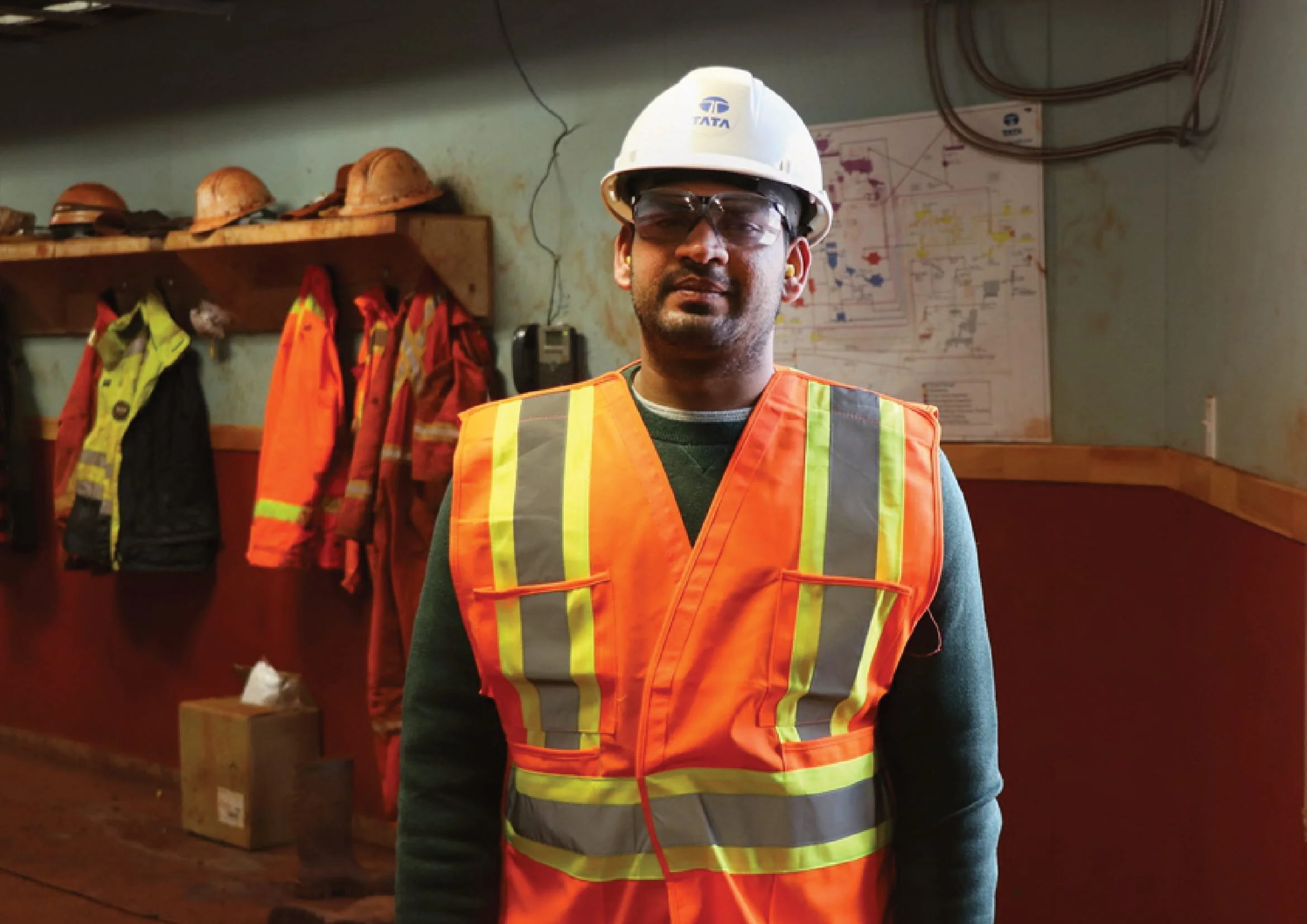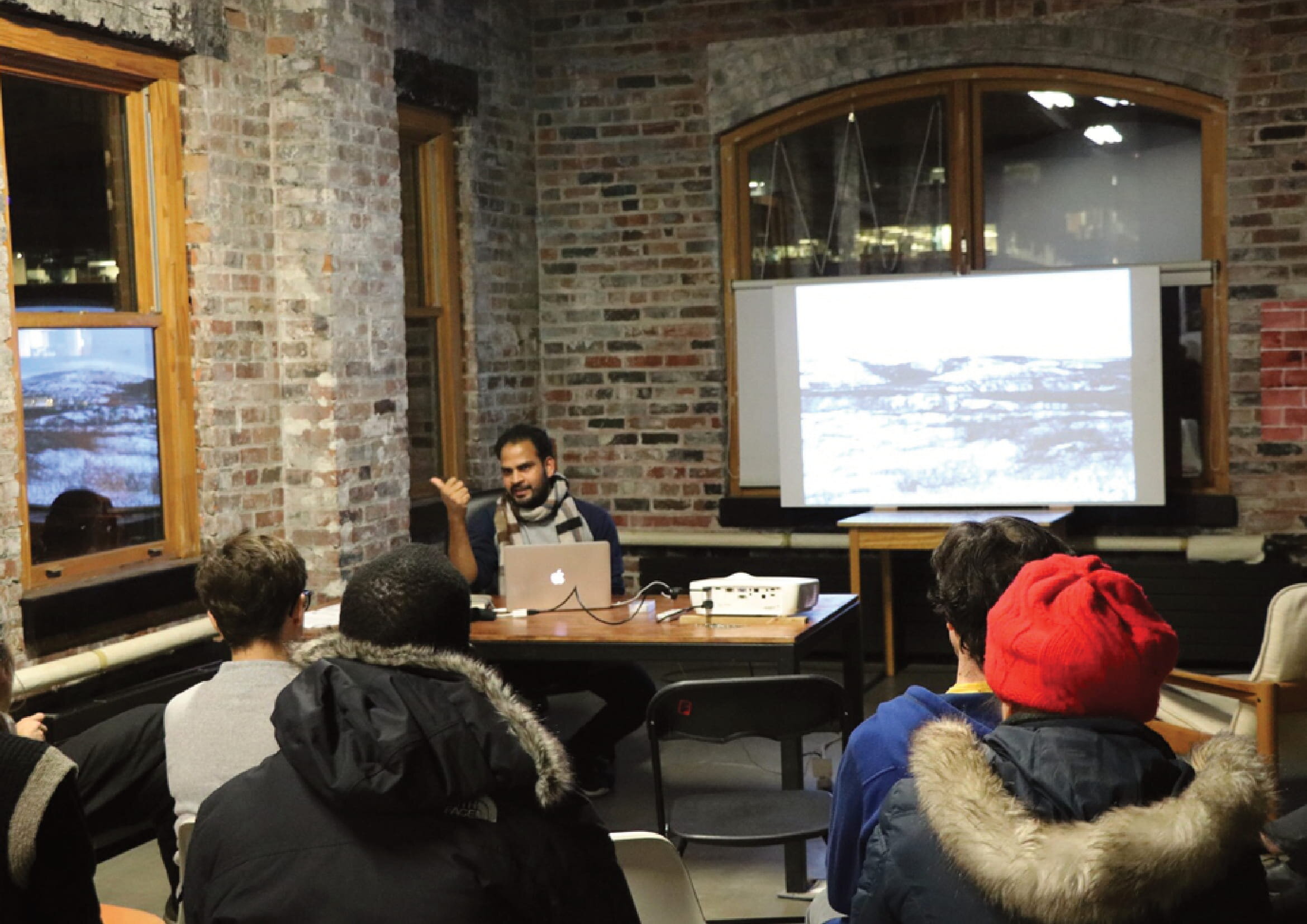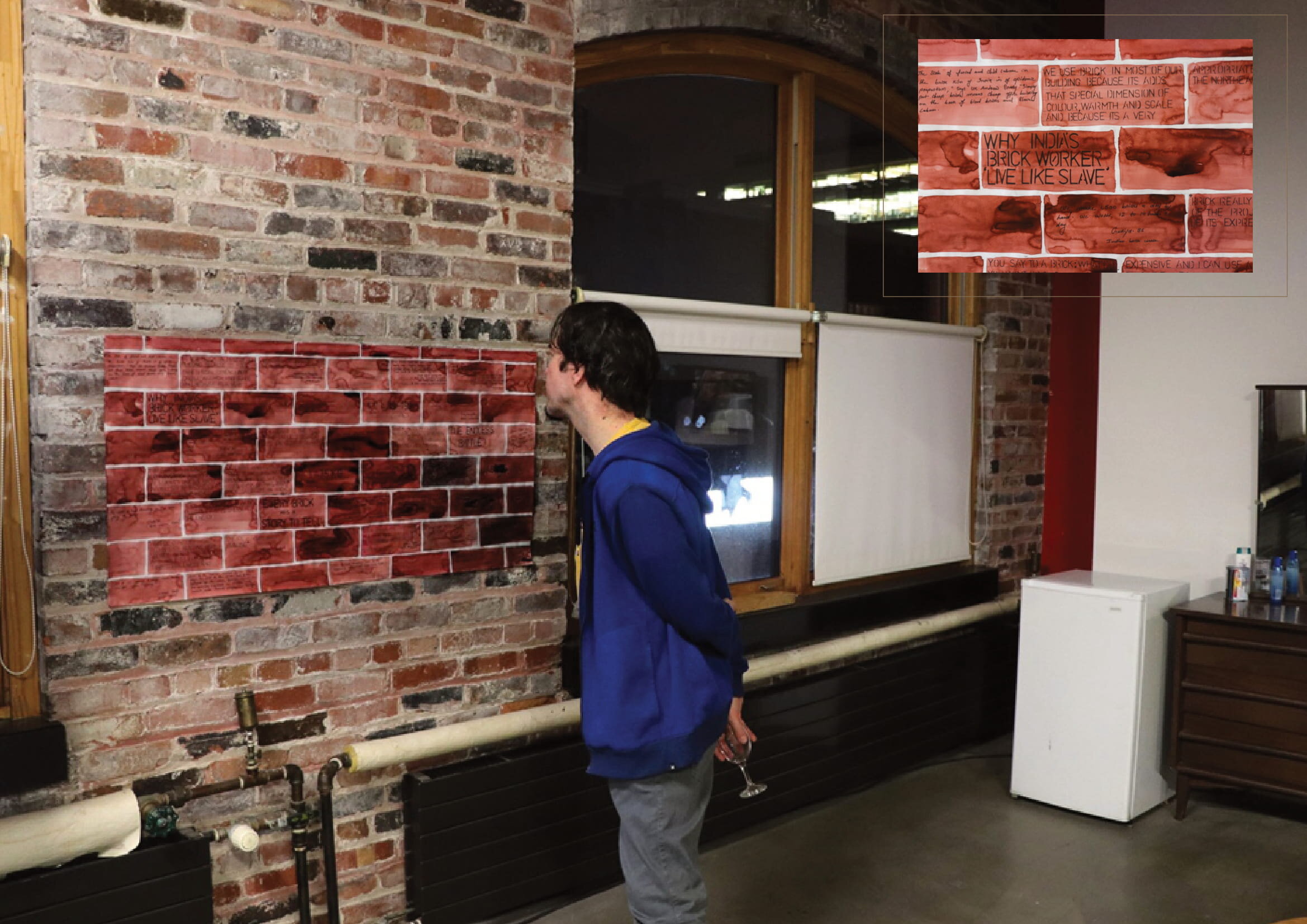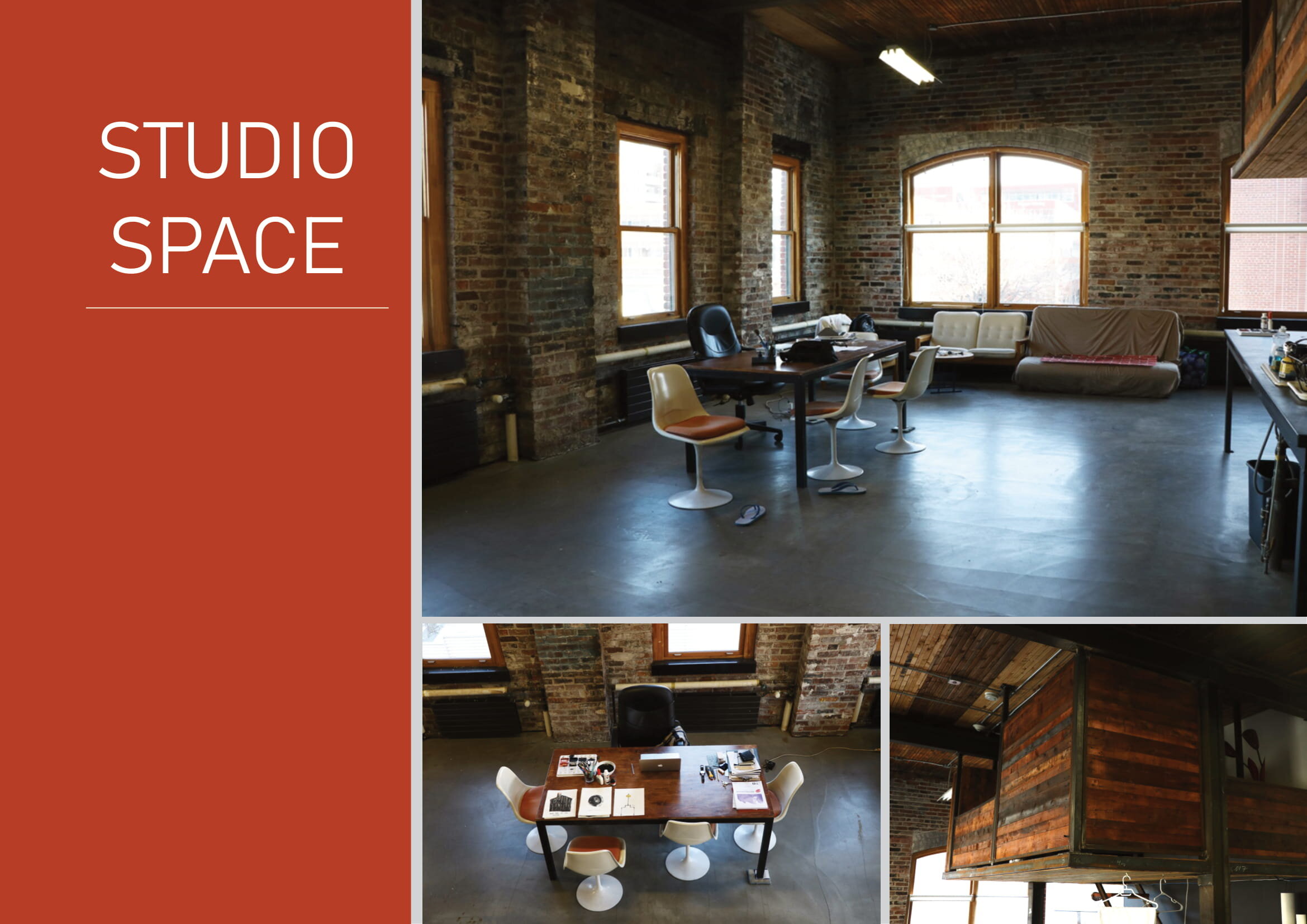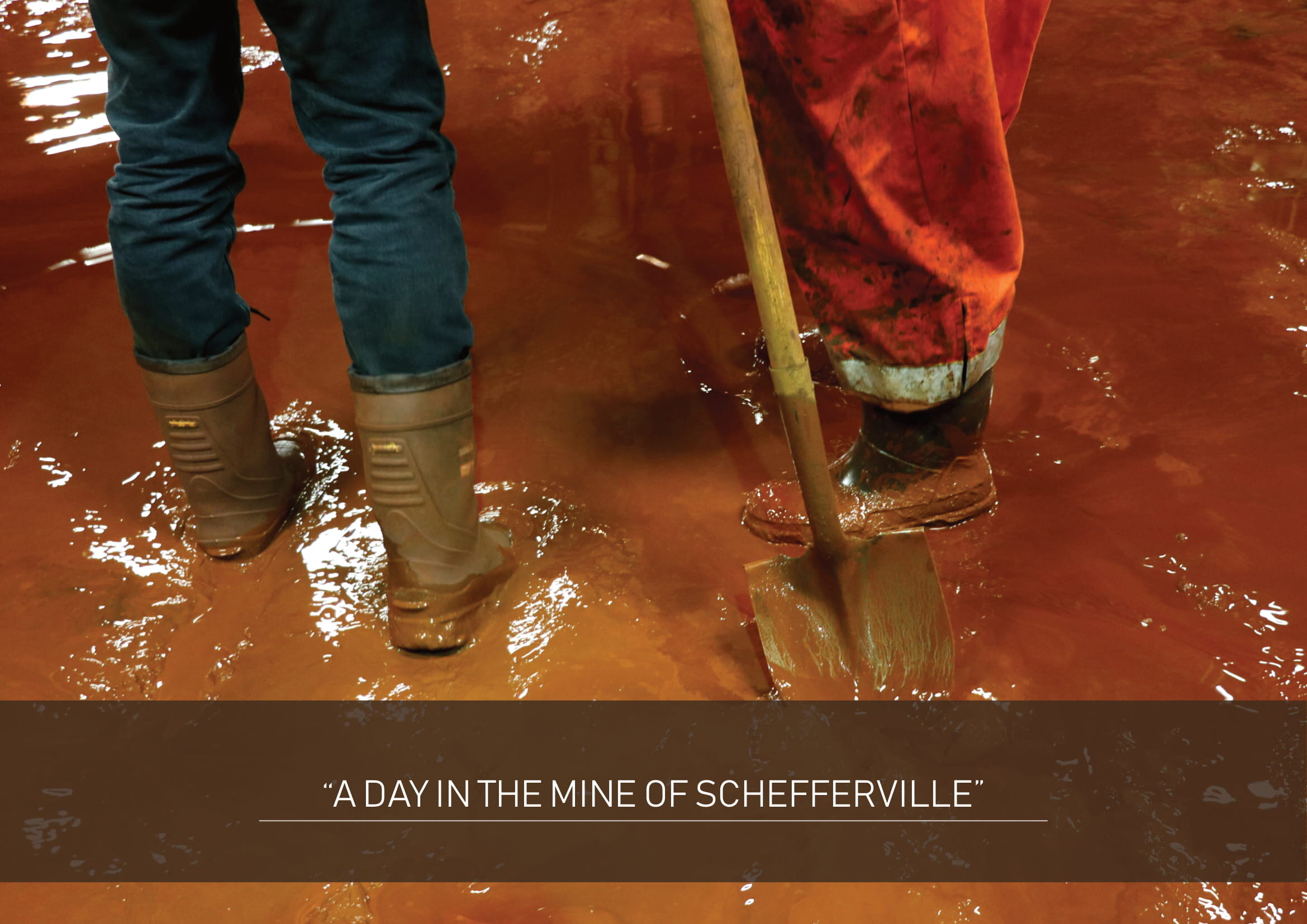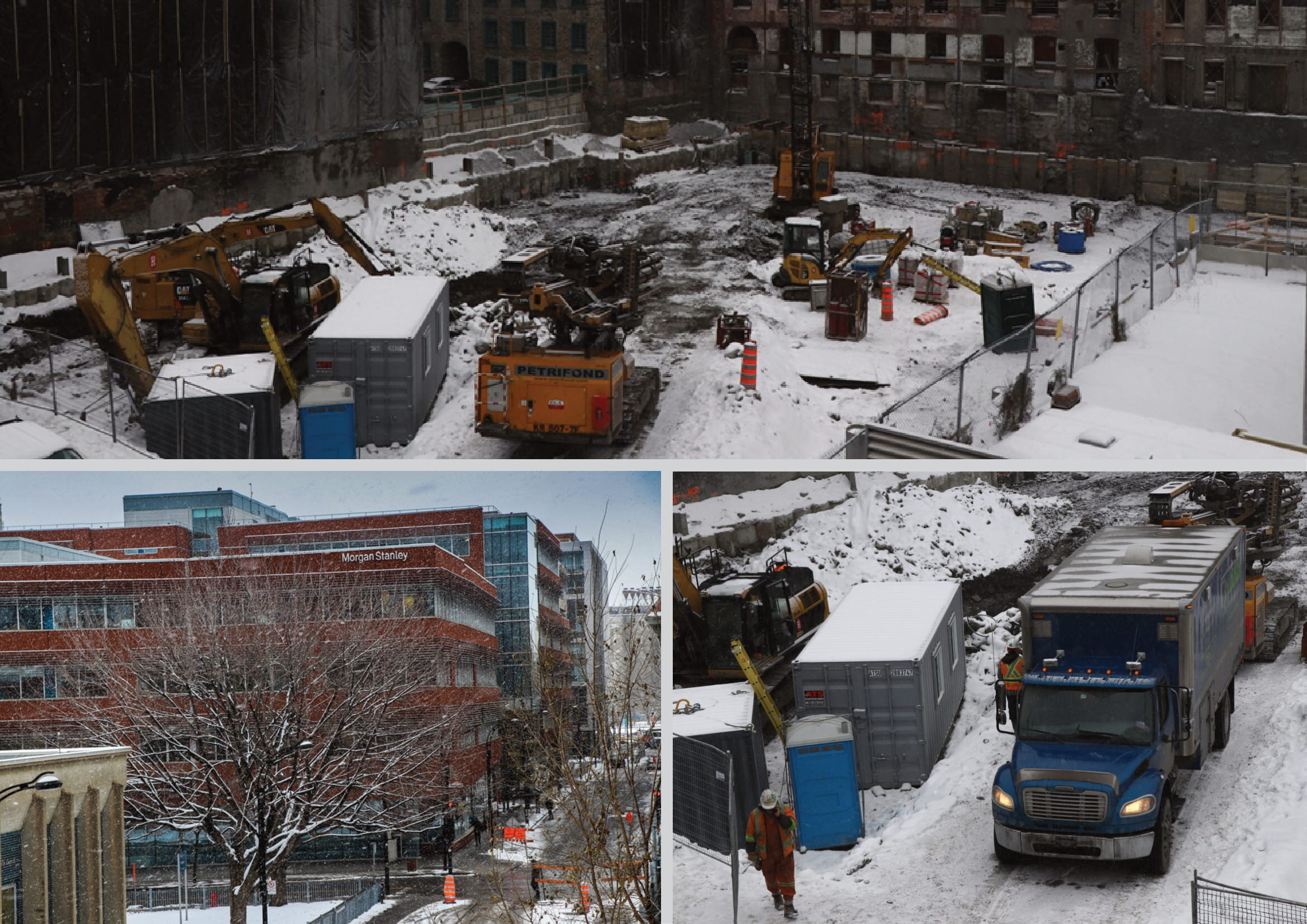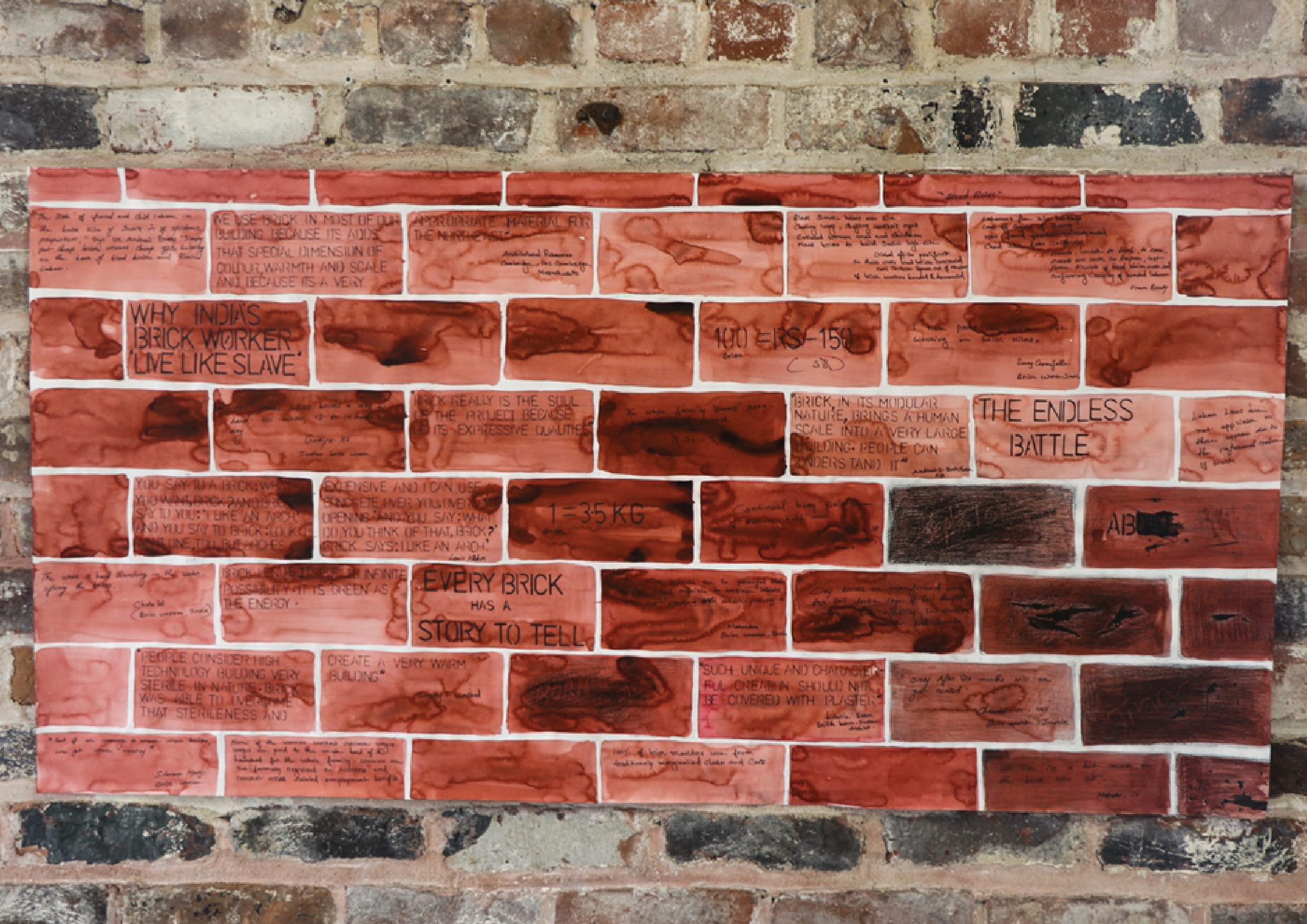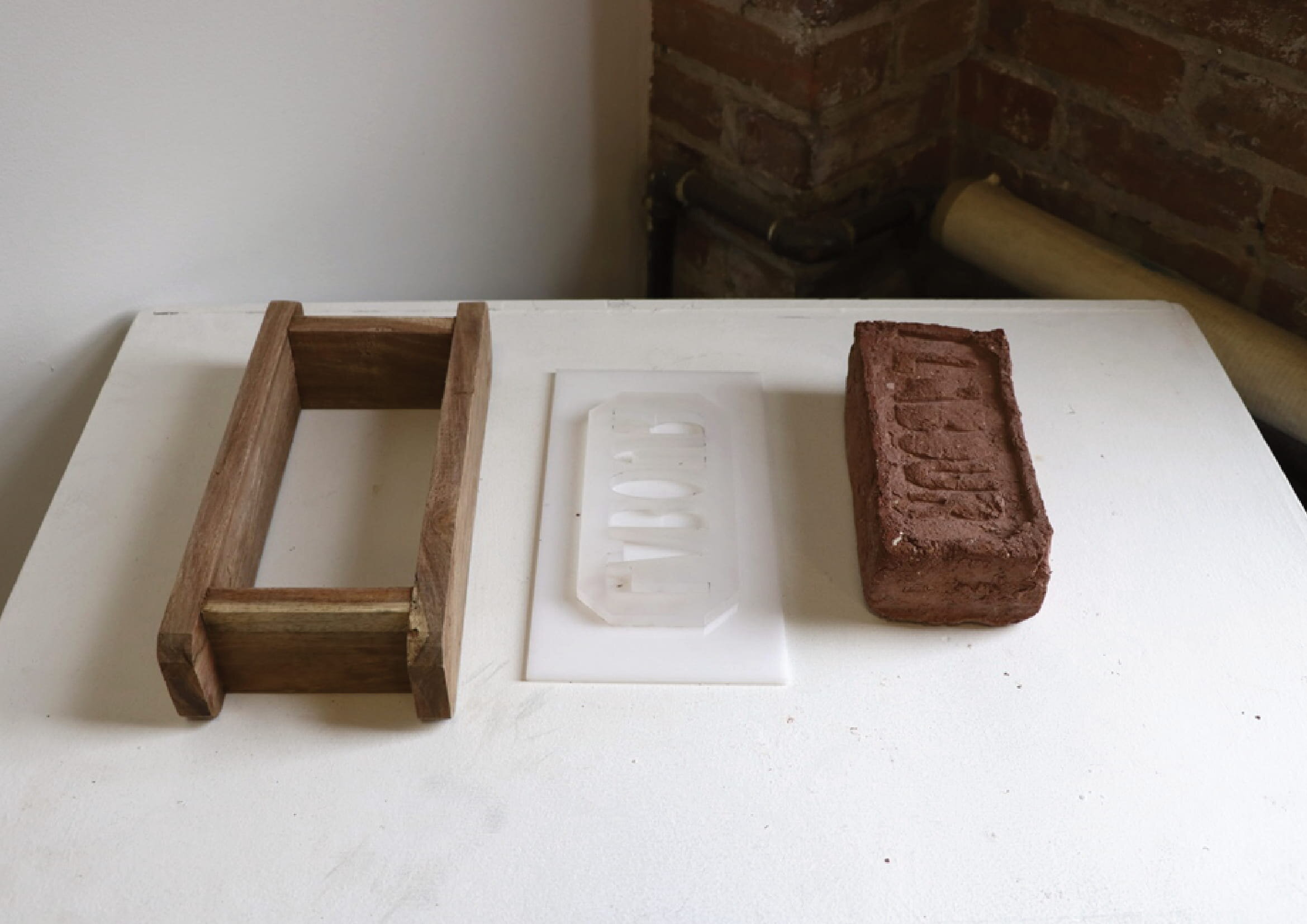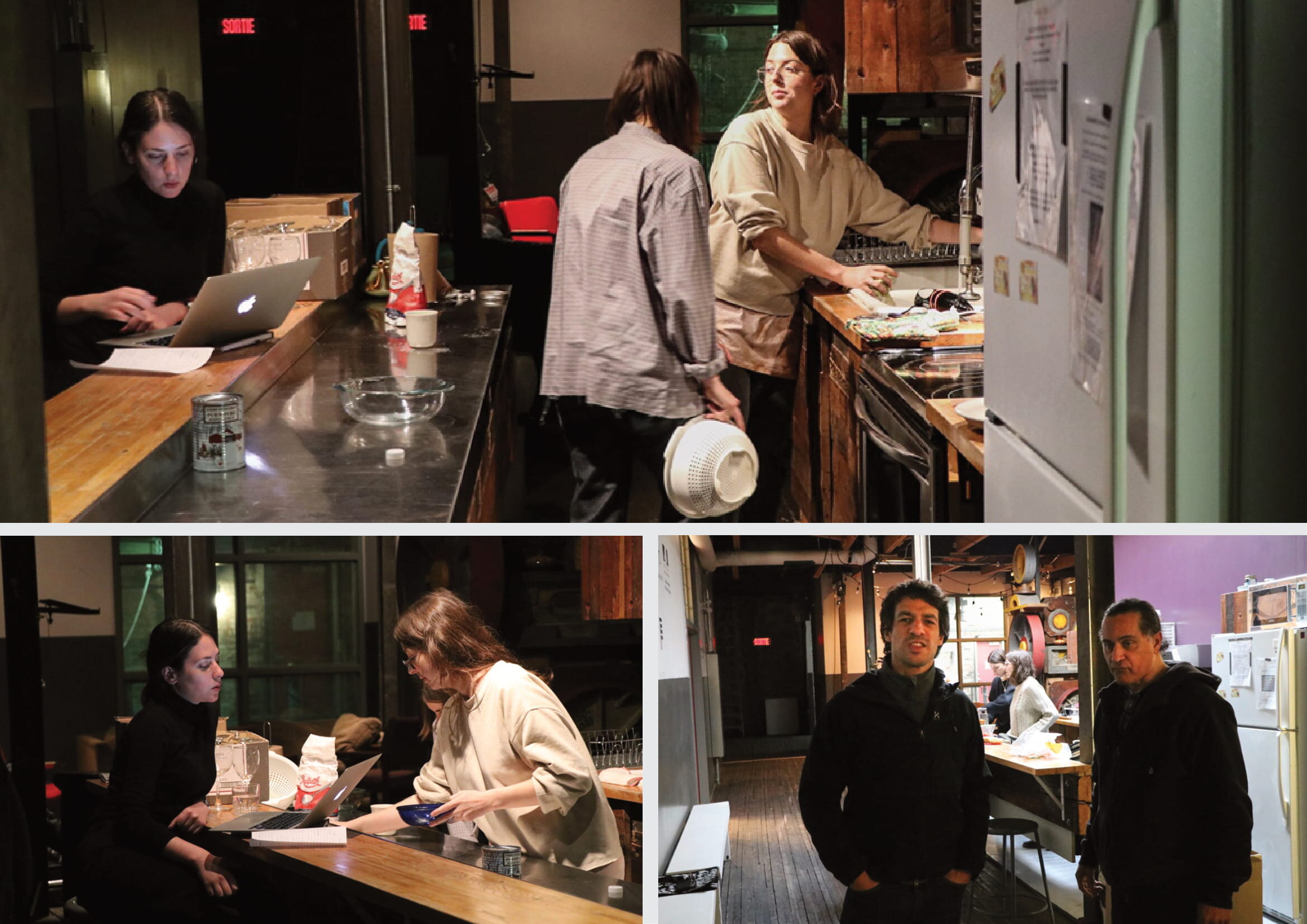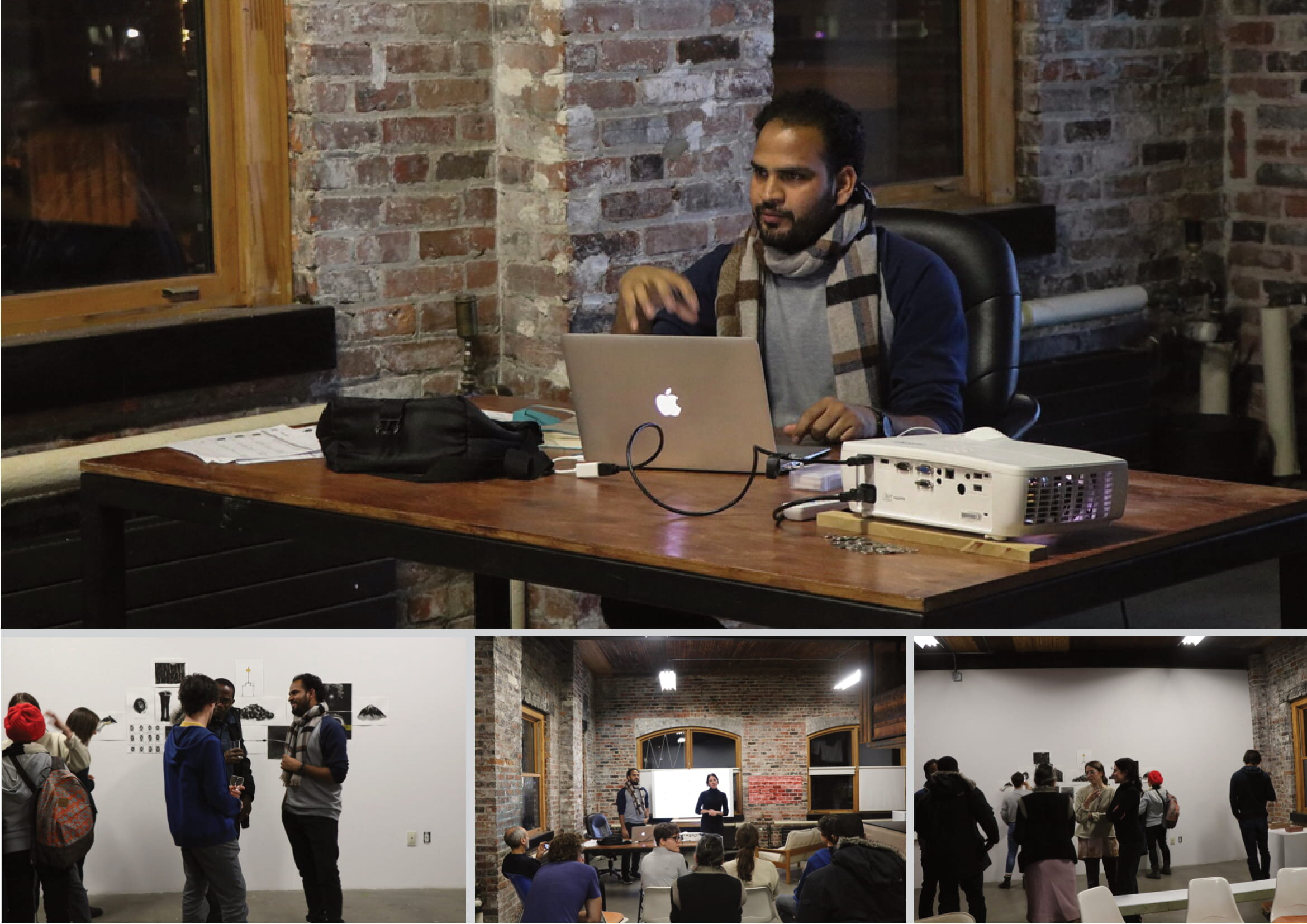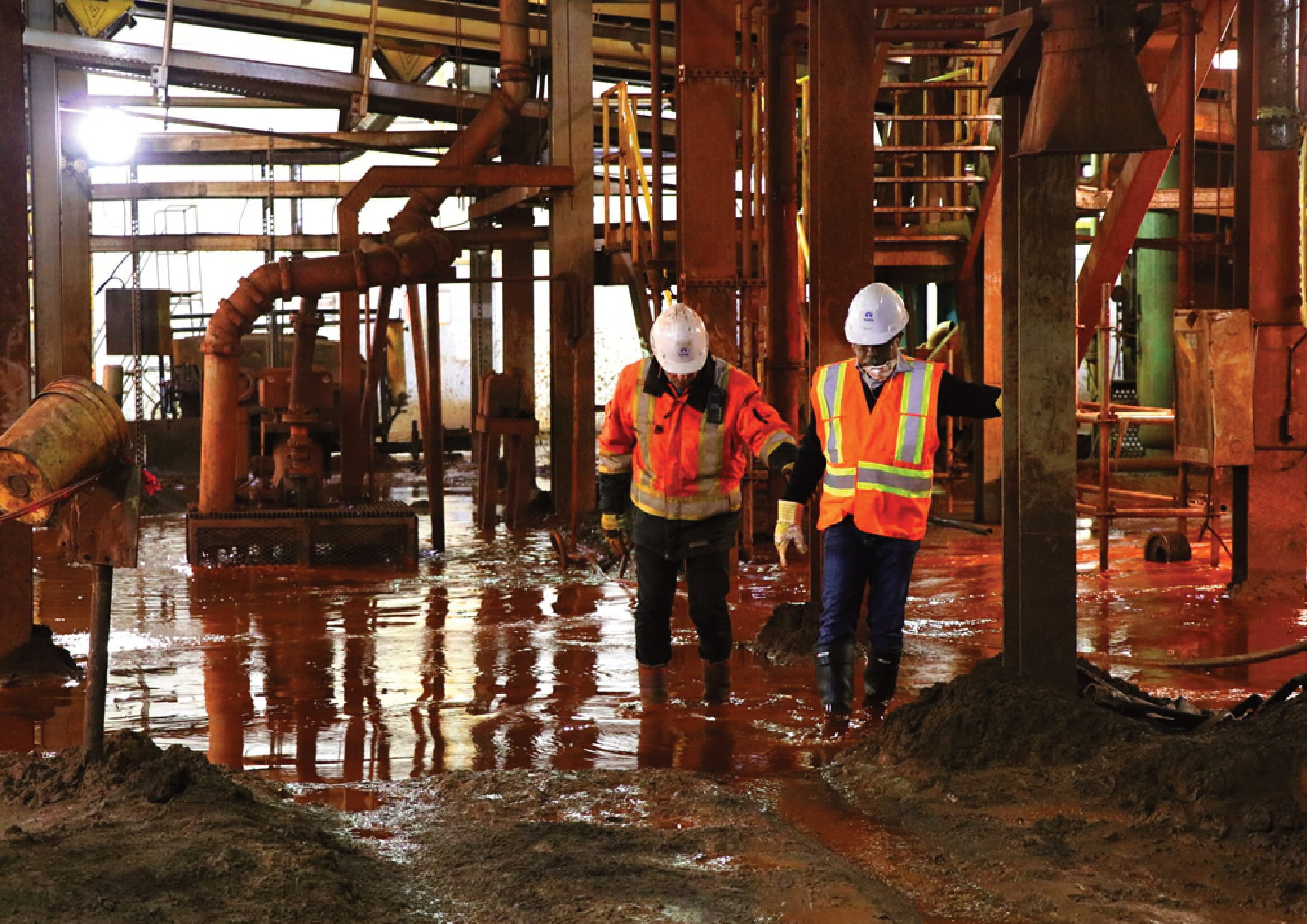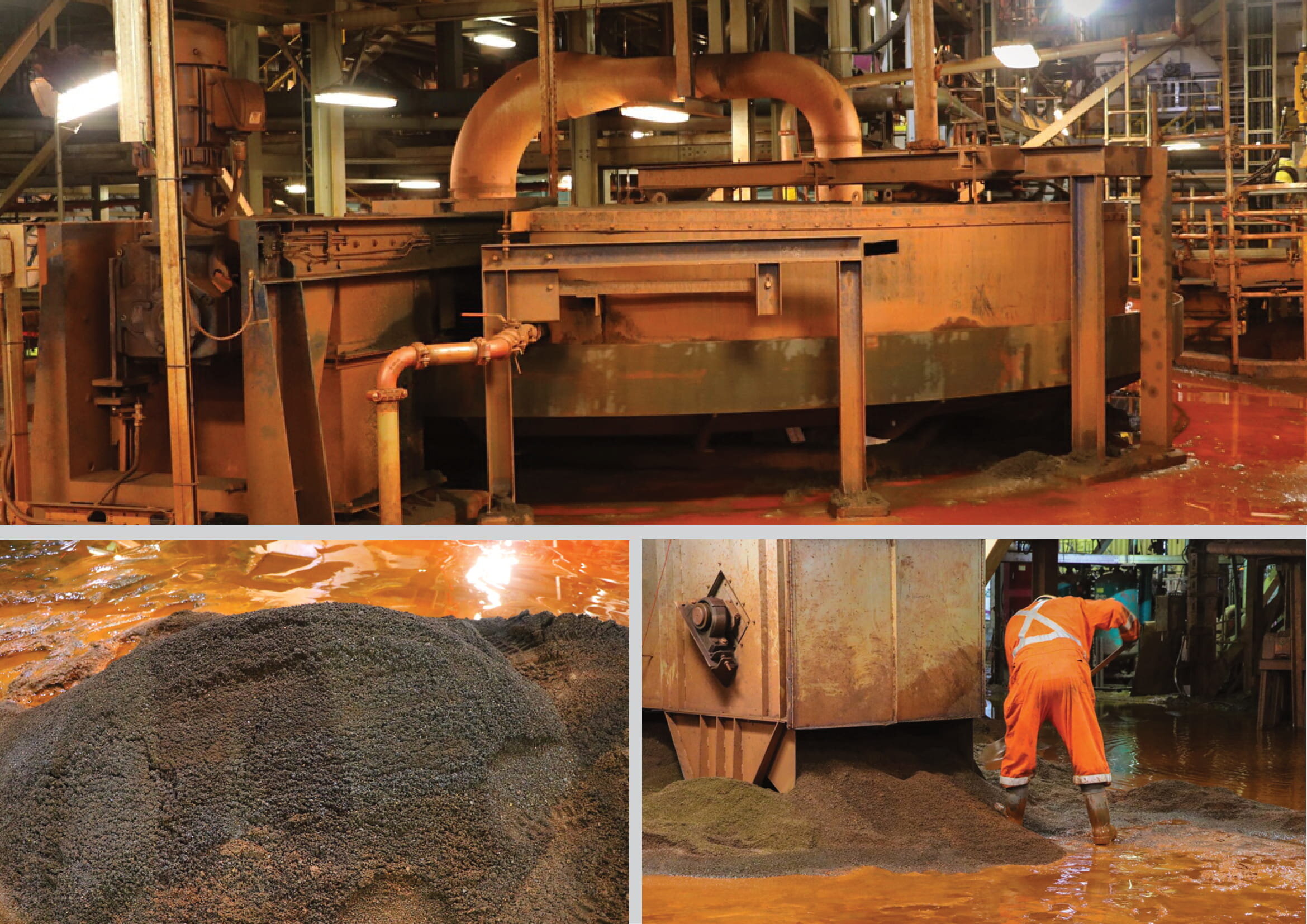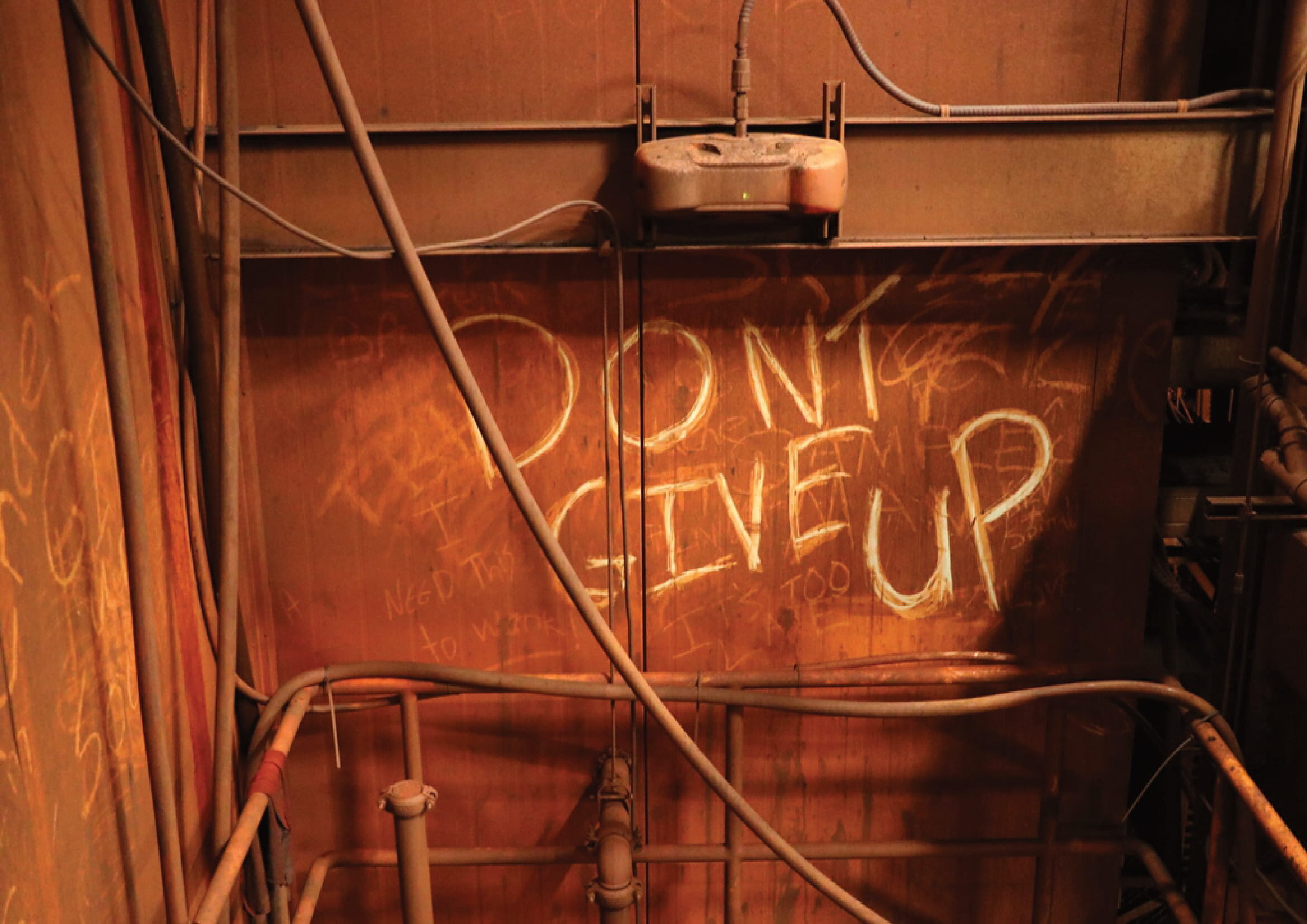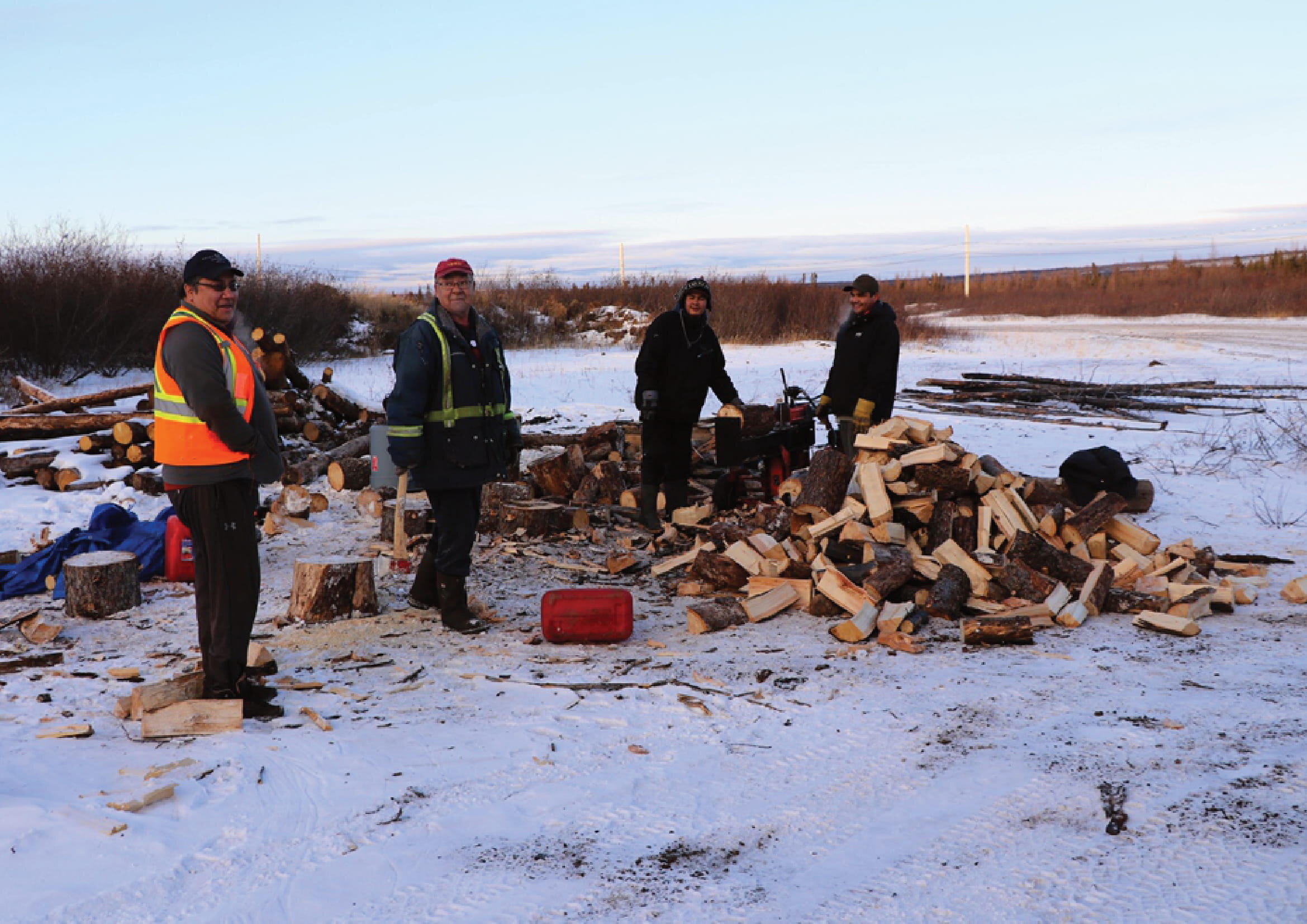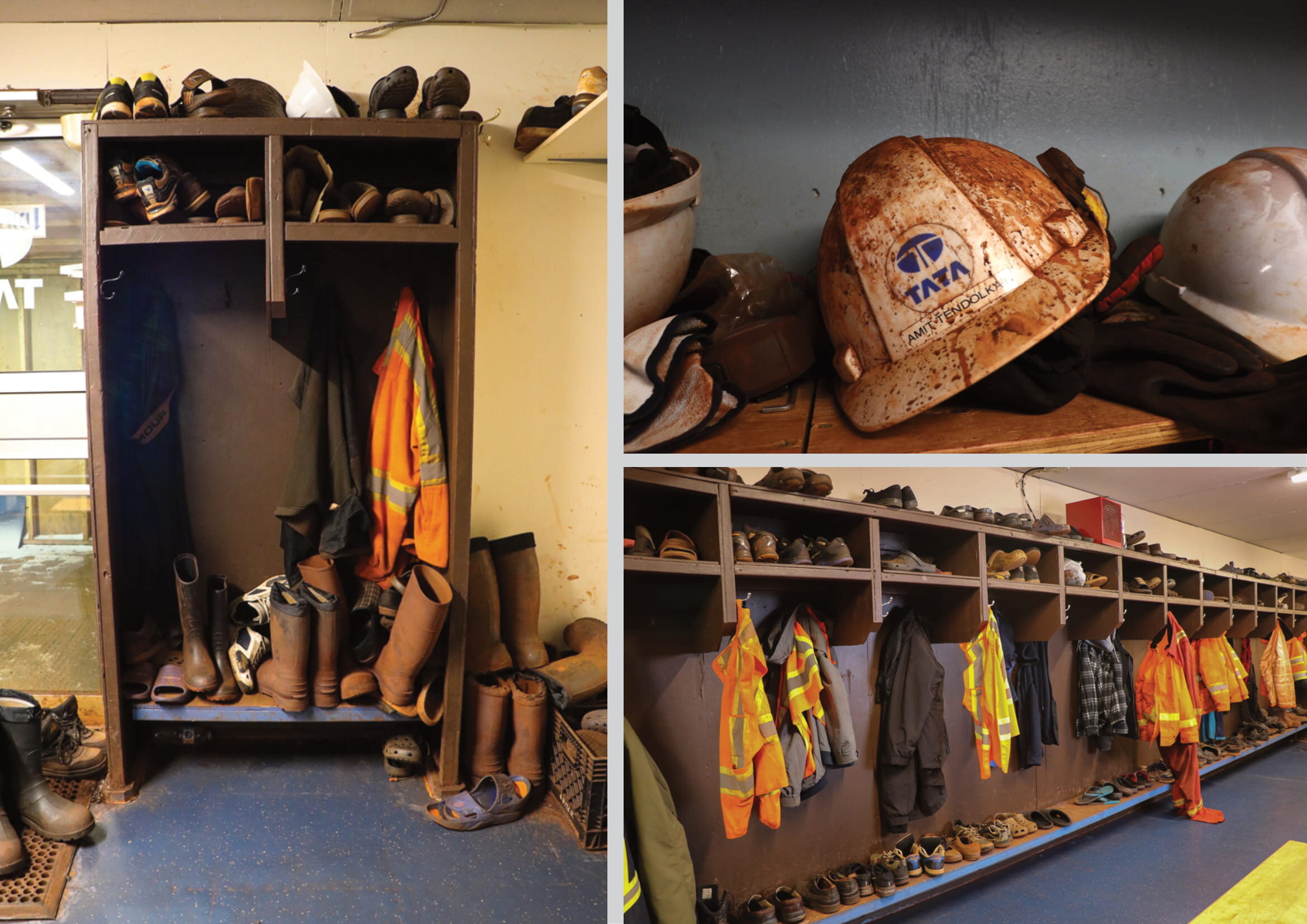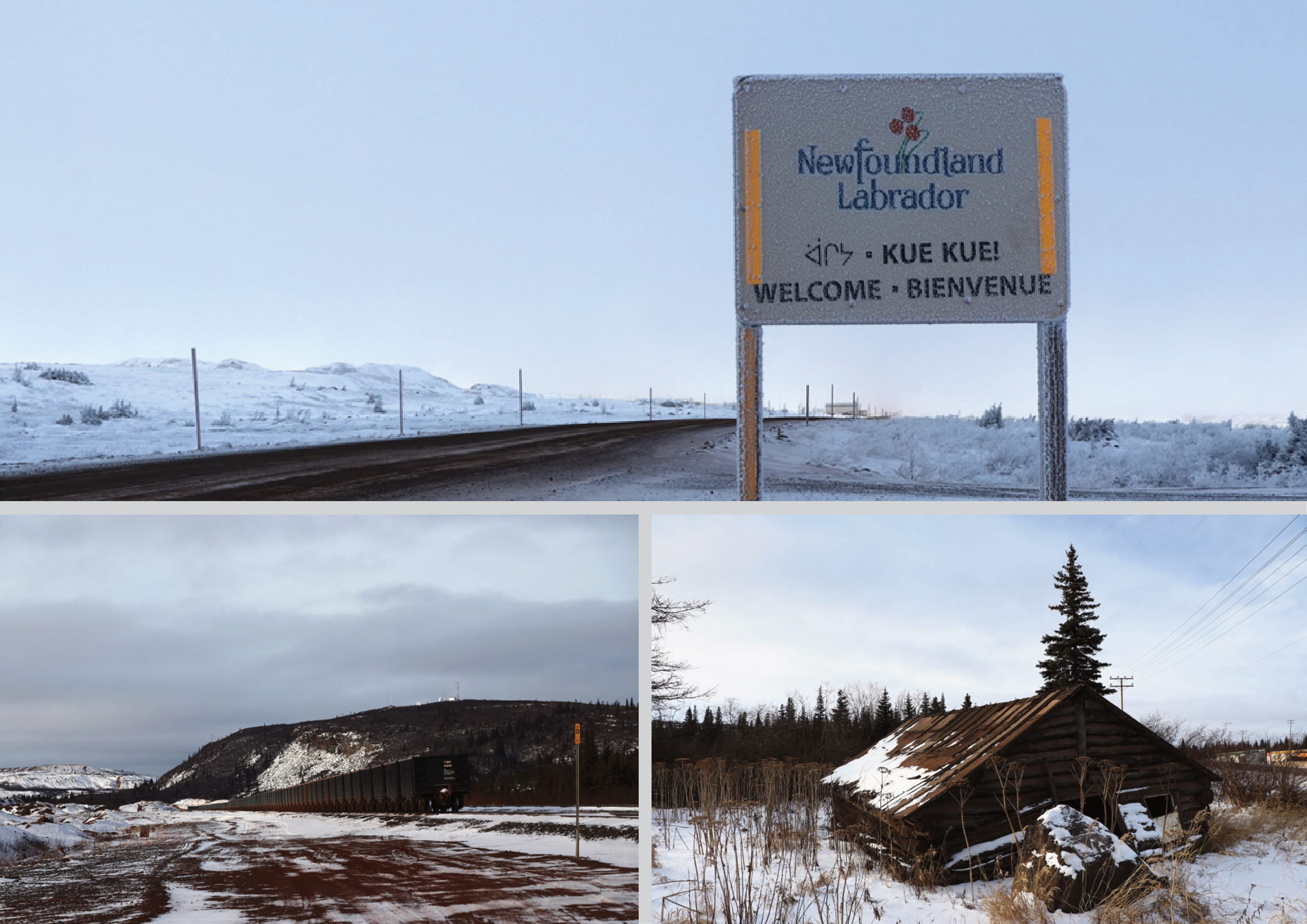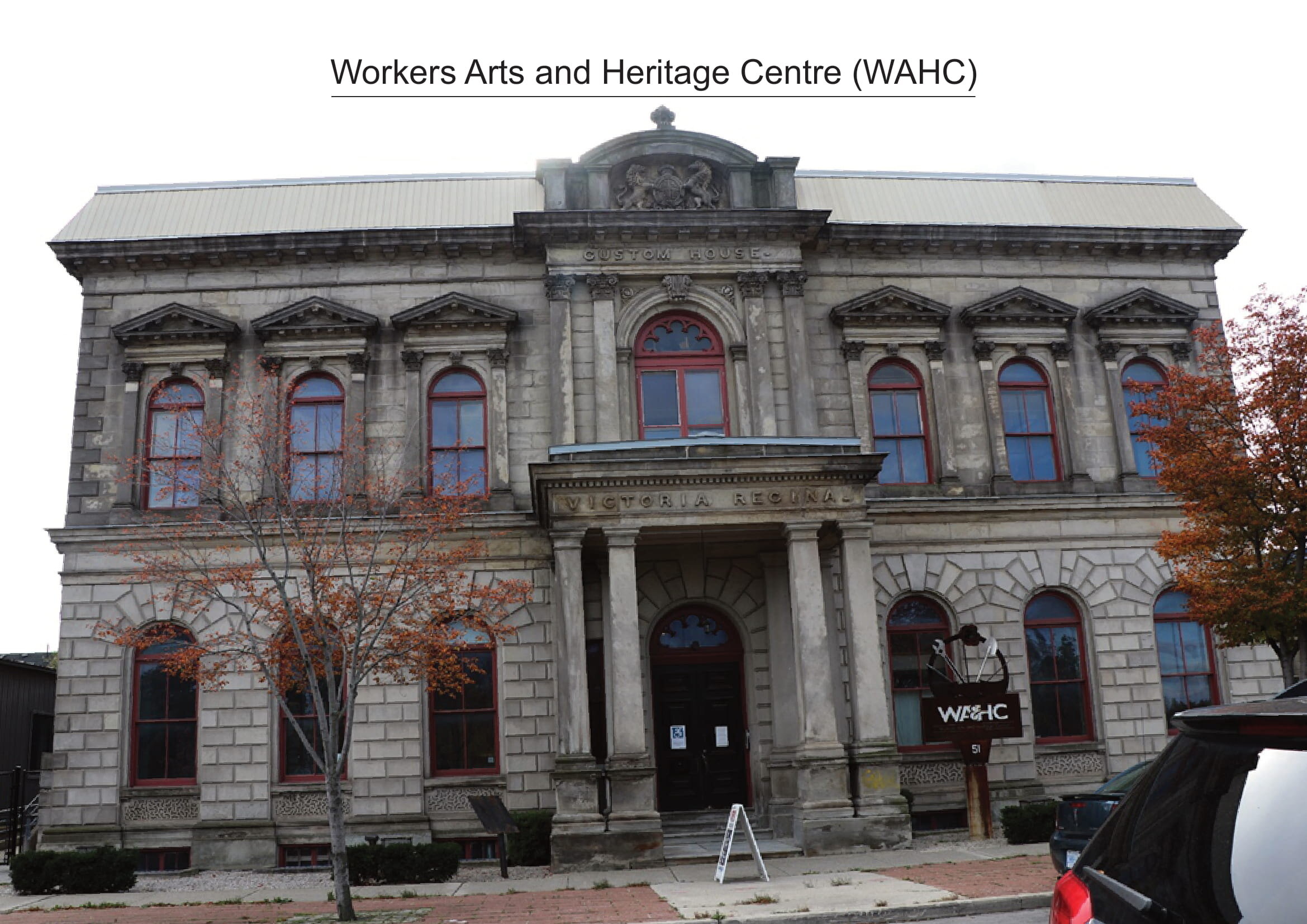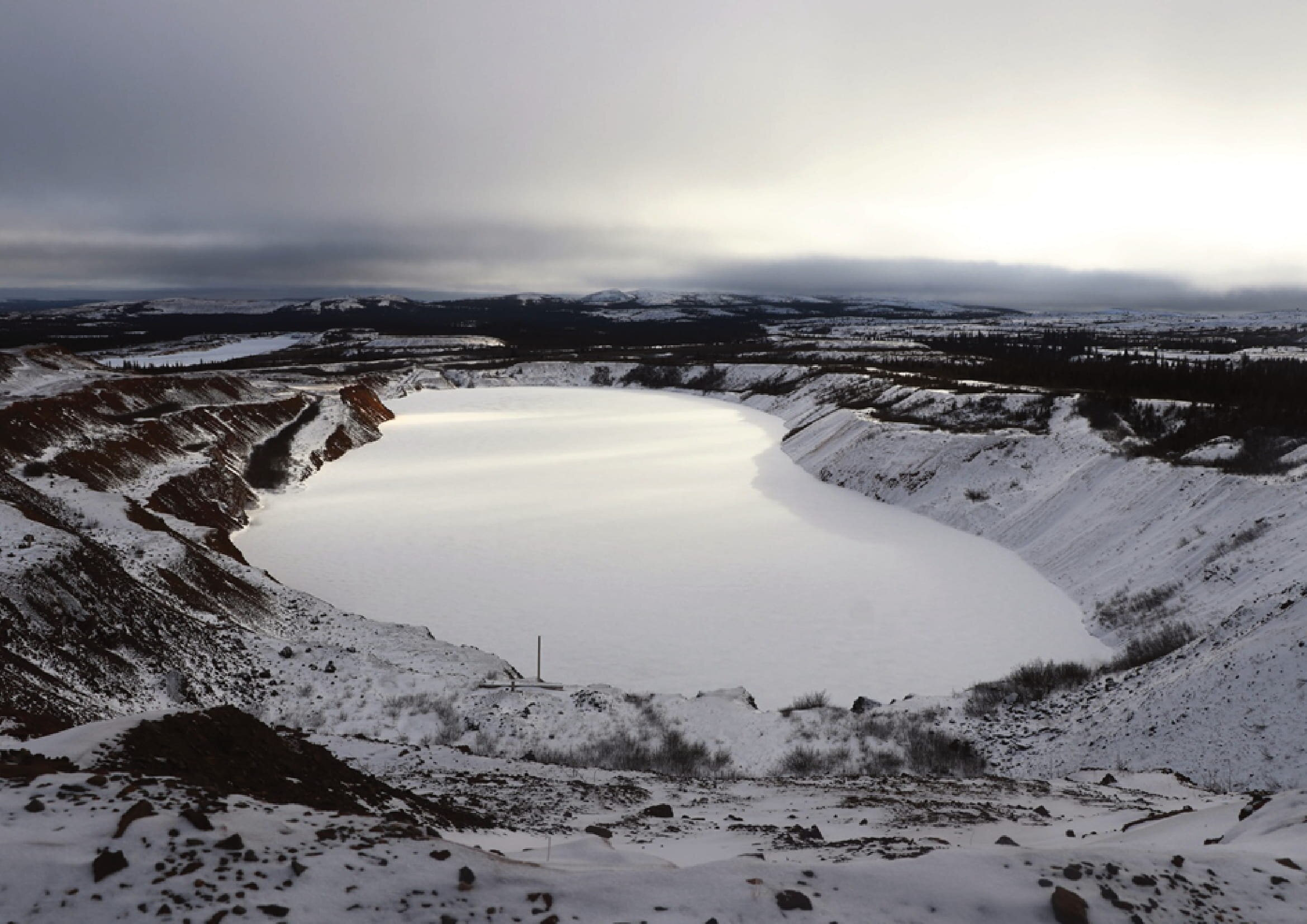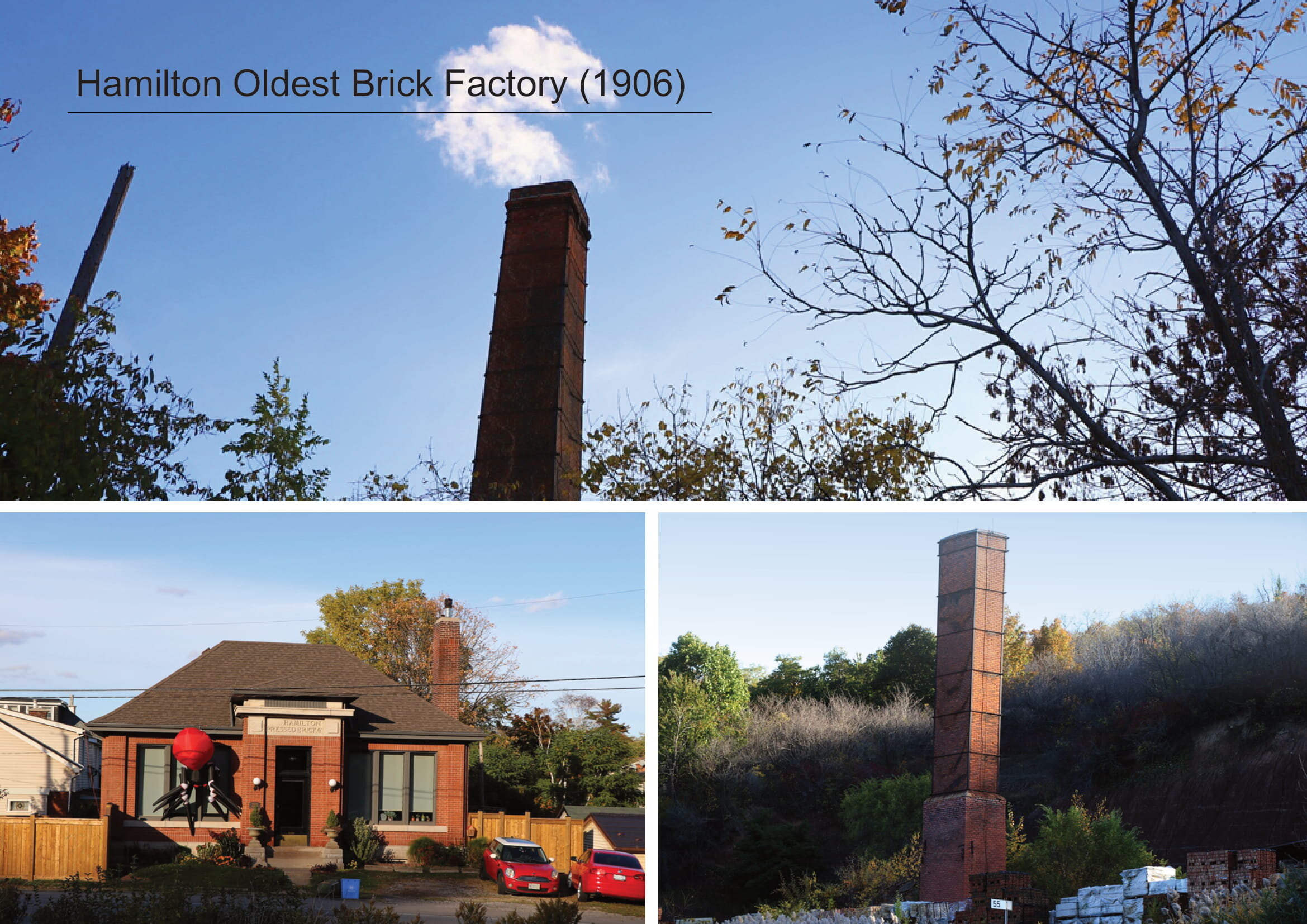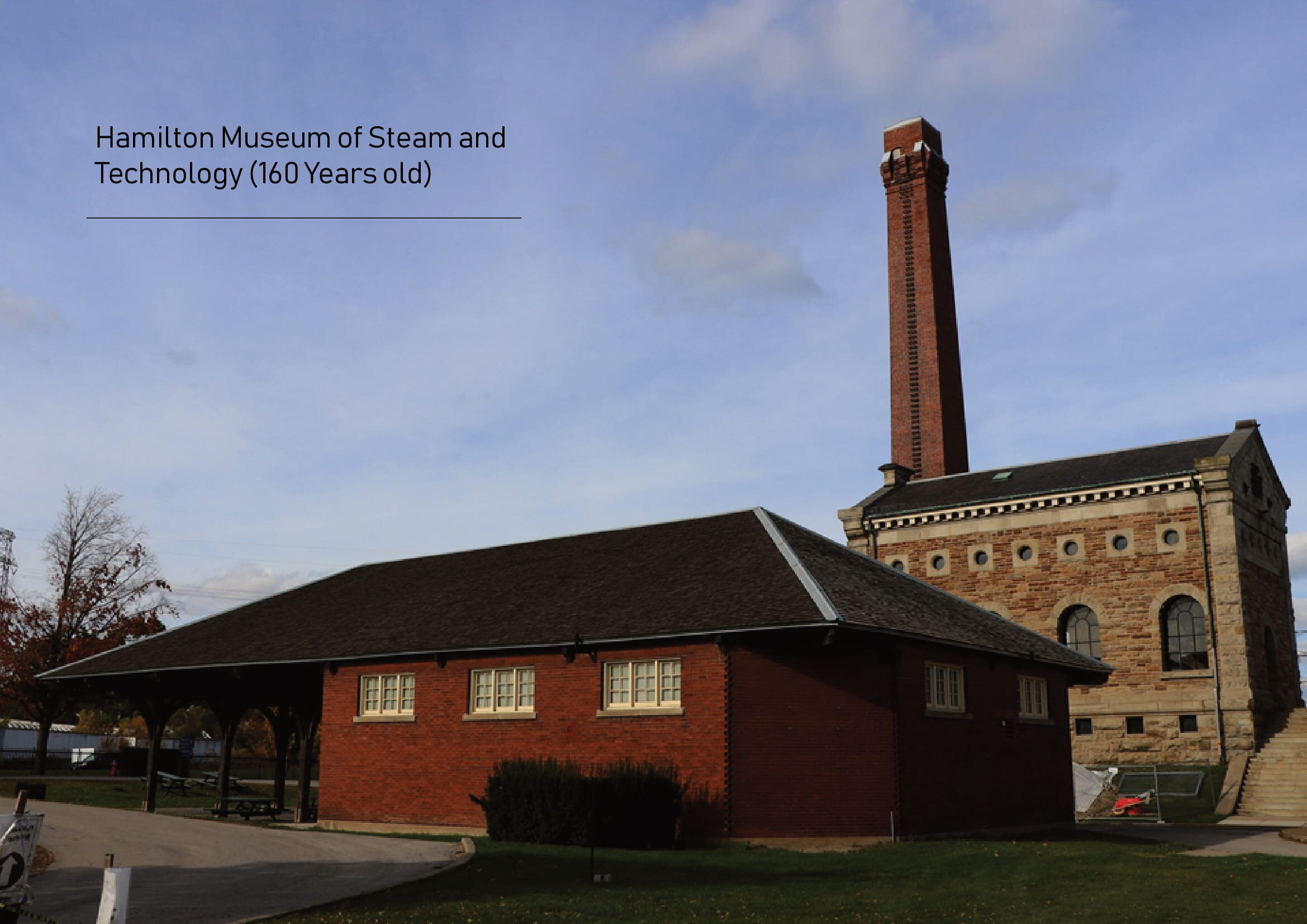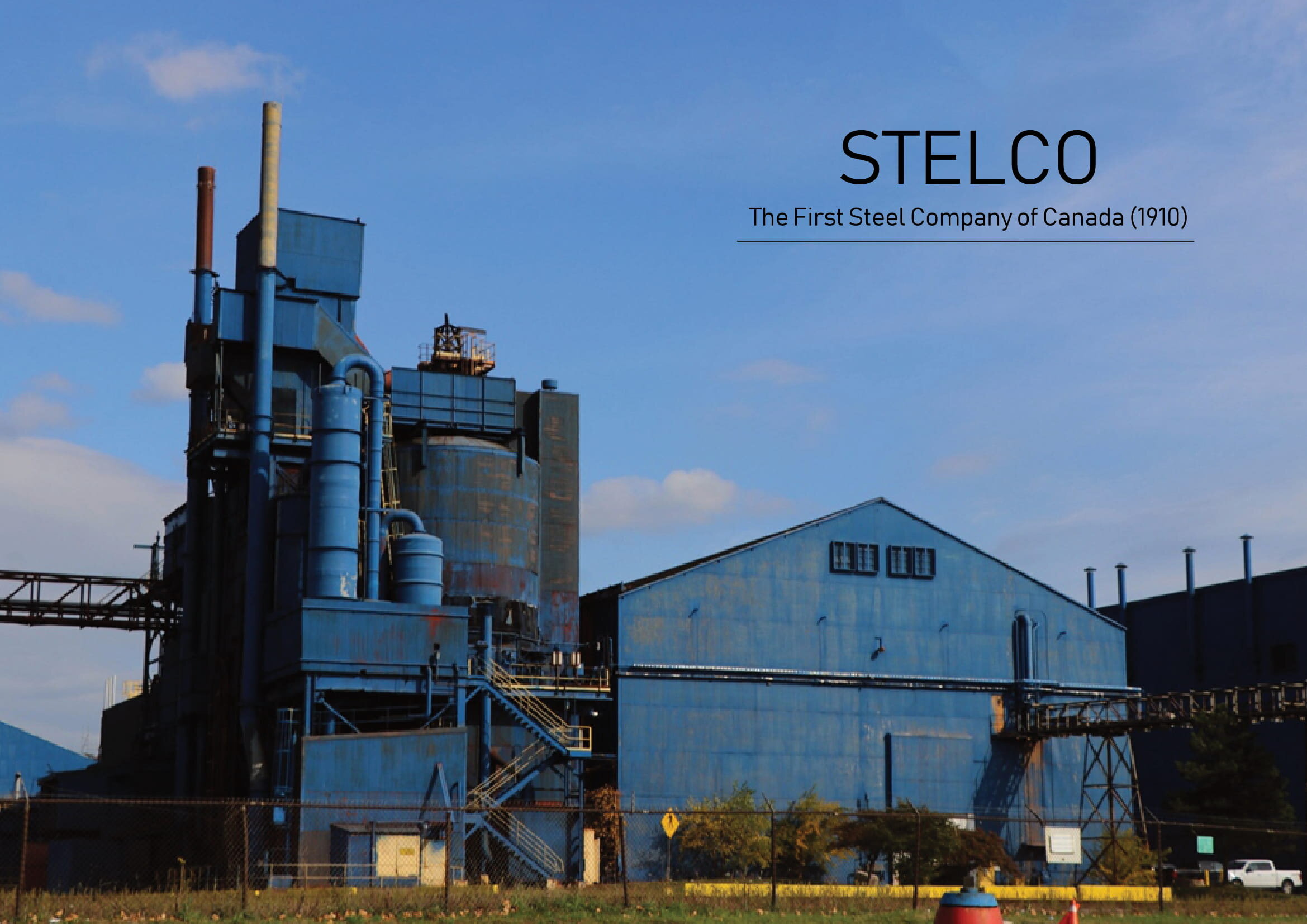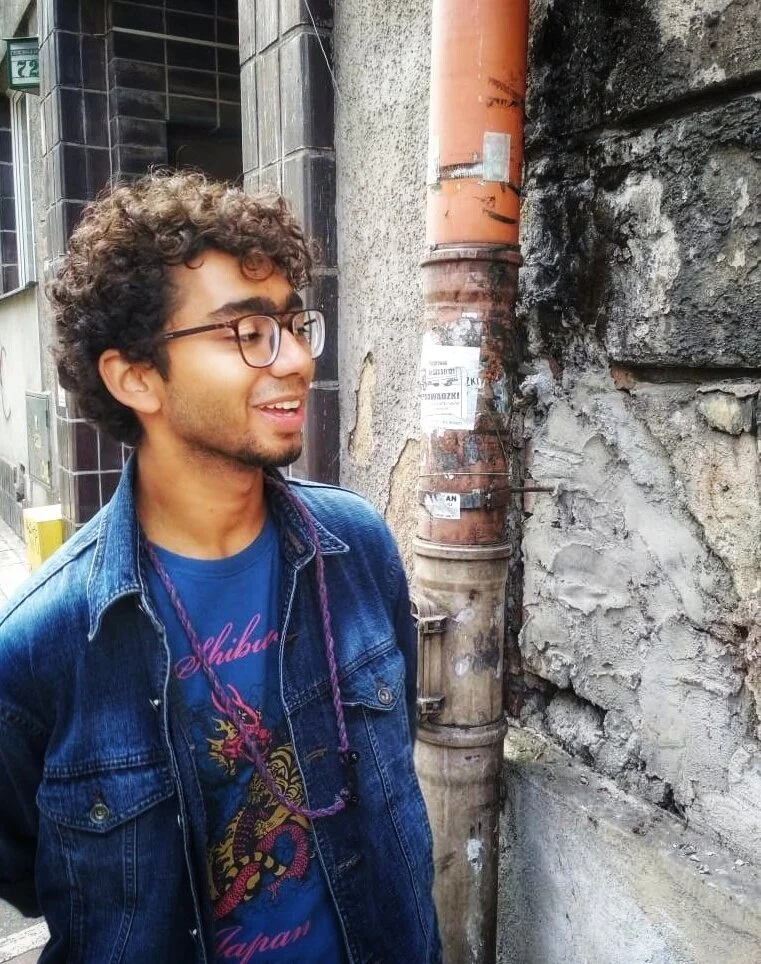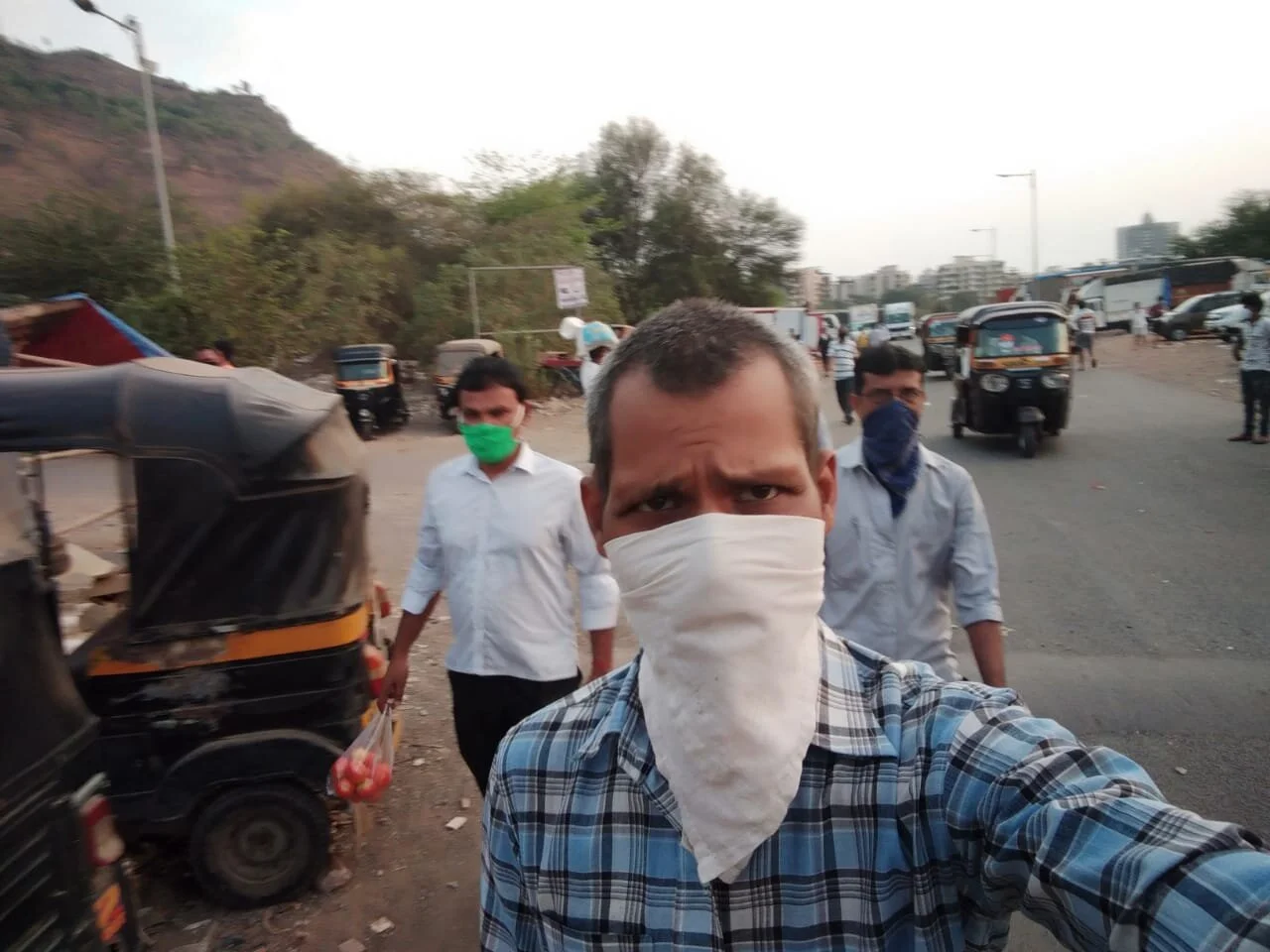Darling Foundry Residency 2019: Birendar Yadav
Birendar Yadav is the 2019 Darling Foundry Residency Recipient. Much of Birendar’s practice investigates the idea of creative and industrial labour. In this week’s post, Birendar shares with us how he was able to draw parallels between the conditions and experiences between labourers in Canada and his hometown.
Scroll down for more images of his time at the residency.
The Darling Foundry has been a place of great labour and creativity, not just for artists but also for workers of the metalwork industry in the 1900s. This intersection has been particularly intriguing for me, as my interests as an artist in lies in understanding the creativity and technique involved in any kind of labour. Being a historical site of labour and work, the Darling Foundry was an ideal site for my ongoing investigations, it has helped me articulate the problem of creative labour and industrial labour and conclude that in their aesthetic capacity, innovation and labour need not be incommensurable.
During the residency, I was able to examine the architectural space of the site not just as a heritage site, but as a space that is a living witness to human- capital interactions through time. Industrial sites are designed to accommodate intensive labour. The materials used in their construction (brick, steel, iron, concrete) too contain their own histories of making. I believe site of the Darling Foundry itself is haunted by the presence and absence of working bodies. My study of the history of the Foundry has also helped me uncover nuances of my previous work that addresses similar issues in Northern India within international contexts.
My body of work is a reflection of my personal experiences and memories of growing up in a world of coal miners, labourers, and different kinds of workers, as I am from a family of coal miners. My father works as a blacksmith at the coal-mines in our province, which for me trigger questions about identity, representation, politics of class, forms of work and making, and issues of oppression and domination of the working classes.
I not only studied the history of the Darling Foundry, but I also had the opportunity to visit the mining town of Schefferville. My trip was like unlocking a treasure trove of information and experiences. During my visit I was able to compare the conditions of my home town and Schefferville, the similarities and the differences of the labour conditions and experiences in the town. My time there provided me with innumerable possibilities as an artist to explore the role of art as a medium, to explore and expose the relationship between power and labour.
In addition to the trip to Schefferville, the Darling Foundry organised gallery visits and introduced the residents to network of artist and artist run organisation in Montreal and a few neighbouring cities. I had the opportunity to attend a group exhibition organised by The Workers Arts and Heritage Centre(WAHC) entitled, "They Built for Eternity" in Hamilton, Ontario. The exhibition revealed stories of migrant construction workers and the human cost of labour in the global economy. Hamilton too has a history of labour organisations and is known to be highly Unionised. Often referred to as the workingman's city, Hamilton has witnessed a few historic labour movements such as the Nine Hour Movement and the Knights of Labour.
I would like to thank the CCA(Canadian Centre for Architecture) for all the opportunities they gave me; the South Asian Visual Arts Centre, for inviting me to Toronto and Hamilton; the Inlaks Foundation and Darling Foundry who supported me throughout my journey for this residency. I would also like to thanks all the partner of this residency who helped me to introducing wider part of the art world. These opportunities have played a significant role in widening the scope of my practice.

